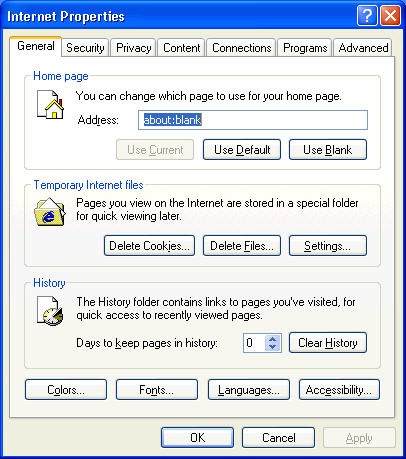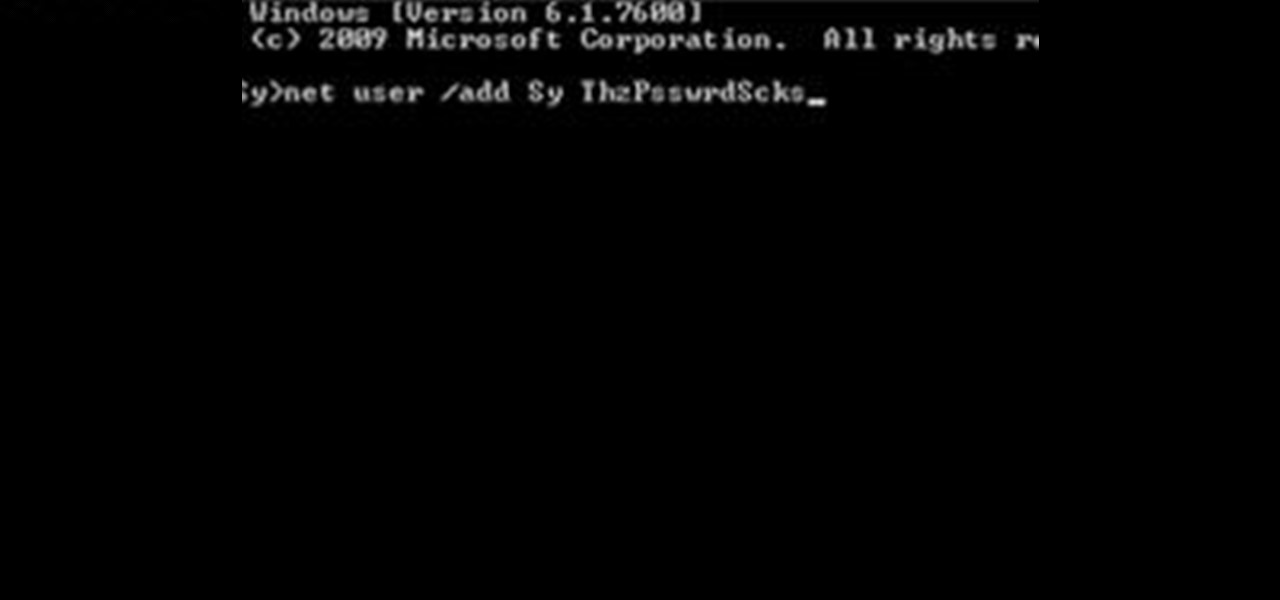



There are actually three levels of these groups: local server, domain, and forest. The list of privileges are too vast to cover here, but the point is that when a user is added to one of the groups they can do more than the standard user. These groups, if a user is added to them, automatically are granted certain privileges. There are some groups that are created during the installation of Active Directory and a server that have “built-in” privileges. Some tasks, such as modifying a site for the Active Directory forest, are only accomplished in one way. There are some privileges, such as changing the system time, which can be accomplished in a few different ways. The key is to understand what can be done and how to achieve that privilege. Some of these tasks are related to Active Directory, some are related to servers, and some could be performed on a domain controller.
Modifying the permissions for a file on a server. Examples of elevated privileges would include: A standard user is someone that has “zero administrative” privileges in any capacity. What are Elevated Privileges?Įlevated privileges is when a user is granted the ability to do more than a standard user. In the end, you will know the different methods that are possible to grant elevated privileges in a Windows environment. There are differences and the differences are quite varied. So, in this article we will discuss how to grant elevated privileges over Active Directory and a server. Of course, the obvious placement in groups is a no brainer, but there are more options than that. I teach classes to many auditors and administrators every year and find that it is very confusing just how to grant privileges in Windows. Windows can be the most confusing operating system on the planet some times.







 0 kommentar(er)
0 kommentar(er)
